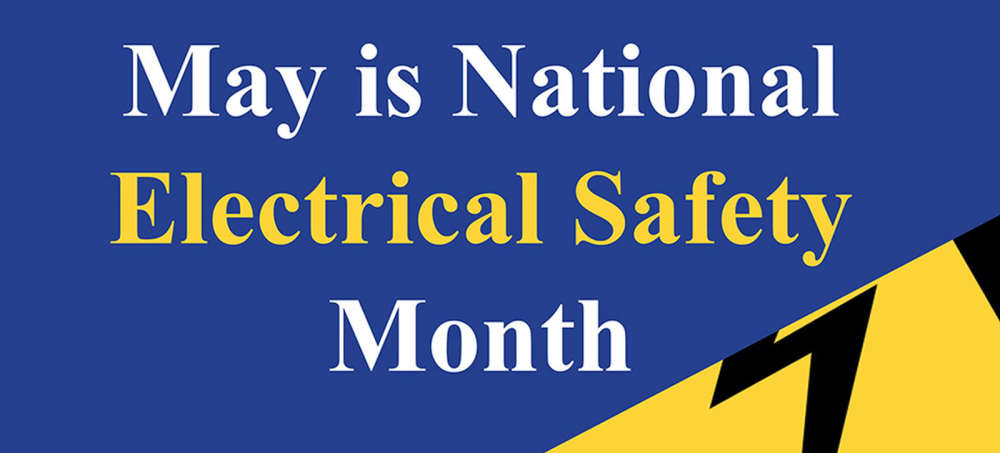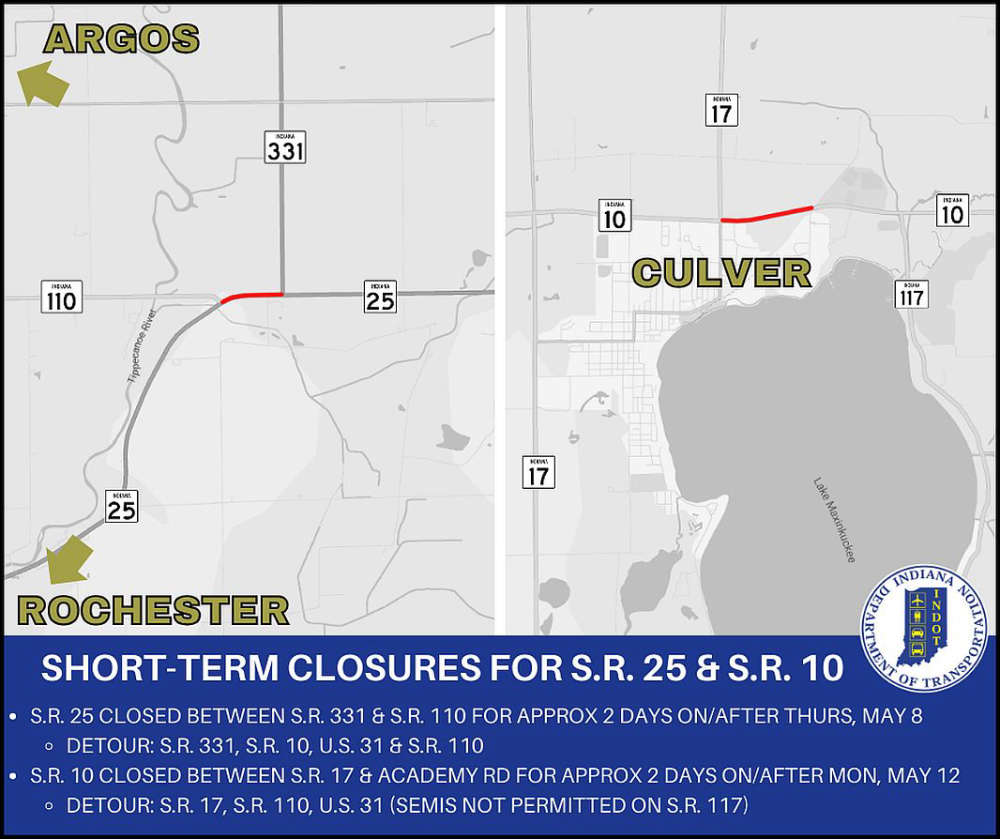
U.S. Senator Todd Young (R-Ind.) and a group of Senate Republicans sent a letter to the Environmental Protection Agency (EPA) demanding that the agency rescind the recently finalized rule for the National Ambient Air Quality Standards (NAAQS) for fine particulate matter (PM2.5). The letter also directs the EPA to revisit, pursuant to the best available science, its next review at the congressionally mandated five-year interval in 2025.
“The economic ramifications of the new NAAQS will far exceed any emissions reductions the EPA hopes to obtain from implementation,” wrote the senators. “According to an Oxford Economics report, the finalized standards will cripple domestic manufacturing, with declines of more than $160 billion in economic activity and approximately 850,000 jobs put at risk.”
In addition to Senators Young, the letter was also signed by Senators Tommy Tuberville (R-Ala.), John Barrasso (R-Wyo.), Marsha Blackburn (R-Tenn.), John Boozman (R-Ark.), Mike Braun (R-Ind.), Katie Britt (R-Ala.), Ted Budd (R-N.C.), Shelley Moore Capito (R-W. Va.), Bill Cassidy (R-La.), Kevin Cramer (R-N.D.), Mike Crapo (R-Idaho), Ted Cruz (R-Texas), Steve Daines (R-Mont.), Deb Fischer (R-Neb.), Bill Hagerty (R-Tenn.), John Hoeven (R-N.D.), Cindy Hyde-Smith (R-Miss.), Ron Johnson (R-Wis.), John Kennedy (R-La.), Mike Lee (R-Utah), Roger Marshall (R-Kan.), Markwayne Mullin (R-Okla.), Pete Ricketts (R-Neb.), Jim Risch (R-Idaho), Mike Rounds (R-S.D.), Eric Schmitt (R-Mo.), Rick Scott (R-Fla.), Dan Sullivan (R-Ark.), Thom Tillis (R-N.C.), J.D. Vance (R-Ohio), and Roger Wicker (R-Miss.).
The letter is also supported by American Forest & Paper Association, Forest Resources Association, Hardwood Federation, Forest Landowners Association, Southeastern Lumber Manufacturers Association, National Mining Association, Pulp and Paperworkers’ Resource Council, American Chemistry Council, American Petroleum Institute, Southern Group of State Foresters, American Wood Council, and National Stone, Sand, & Gravel Association.
The full letter can be found below or here.
Dear Administrator Regan:
We write in strong opposition to the Environmental Protection Agency’s (EPA) final rule, revising the National Ambient Air Quality Standards (NAAQS) for fine particulate matter (PM2.5) under the Clean Air Act. PM2.5 is defined as fine, inhalable particles with diameters generally 2.5 micrometers and smaller. The EPA’s unnecessary, discretionary change to the PM2.5 NAAQS lowers the primary annual standard from 12.0 micrograms per cubic meter (mg/m3) to 9.0 mg/m3, which will force nearly 40 percent of the United States into nonattainment. Considering the vast impact of the PM2.5 NAAQS on domestic manufacturing, agriculture, forestry, construction, mining, and aggregate industries, we urge you to immediately rescind this final rule.
Every five years, the EPA, under the Clean Air Act, must reevaluate NAAQS standards for criteria air pollutants. In 2020, the EPA conducted its statutorily required reevaluation of PM2.5 standards and concluded the 12 mg/m3 level to be protective of public health. Over the last two decades, EPA data demonstrates that PM2.5 emissions have declined 42 percent across the country. Despite scientific evidence of continuing improvements in air quality and 2020 data assuring the existing standard was sufficient, the EPA issued new, more stringent, standards that will stifle growth and force domestic manufacturing to move overseas – even as the Biden administration claims to prioritize reshoring industries. The EPA ignores sound science and only creates regulatory uncertainty by neglecting congressional intent in the established 5-year review period by initiating a discretionary review of the PM2.5 NAAQS just 33 days after the 2020 review was completed.
The reduced PM2.5 standard would place around 200 counties and approximately 40 percent of the U.S. population into nonattainment. States with nonattainment areas will be required to submit a plan to EPA within 18 months of the Agency’s finalization of attainment designations detailing how they will reach compliance. Plans may require constraining or blocking economic development projects that could contribute to emissions. If EPA rejects these state implementation plans, other penalties may follow – such as impairment of highway funding – and the EPA may ultimately impose a federal implementation plan on relevant states and metropolitan areas. These measures may be draconian in nature and inadequately account for feasibility considerations such as population density, demand for resources, and the impact on both manufacturing and economic growth. Faced with these regulatory challenges, American industries may find it easier to expand abroad. For example, even the aggressively overregulated European Union maintains its standards for PM2.5 at 20-25 mg/m3, more than double the new standard for the United States. Companies may reasonably find it easier to transition their production overseas rather than seek compliance amid the uncertainty and infeasibility of the EPA’s revised NAAQS.
However, industrial and manufacturing companies are not to blame for an overwhelming majority of the domestic PM2.5 emissions. According to the Association of Air Pollution Control Agencies, wildfire and miscellaneous activities account for more than 70 percent of fine particulate matter emissions, while stationary fuel combustion and industrial ventures source less than 26 percent of total PM2.5. American manufacturing, forestry, and mining operations are responsible for the tremendous reduction of PM2.5 emissions over the decades, yet these businesses will face significant burdens as they work to attain the new standard or are forced to completely leave the market due to the high costs and diminishing returns of additional emissions control technologies. The economic ramifications of the new NAAQS will far exceed any emissions reductions the EPA hopes to obtain from implementation. According to an Oxford Economics report, the finalized standards will cripple domestic manufacturing, with declines of more than $160 billion in economic activity and approximately 850,000 jobs put at risk. In addition, areas of nonattainment would experience billions in further damage due to reduced economic output, job opportunities, and tax revenues. Indirectly, the new PM2.5 standard will weaken U.S. supply chains, undermine the affordability and reliability of the electric grid, and leave behind the many rural communities that rely on agriculture and forestry production, paper mills, mining, aggregate materials, and other areas of domestic manufacturing to employ their residents and sustain their local economies.
America’s manufacturing industries and power sector are environmentally cleaner than the global average and continue to adopt cleaner practices while becoming more efficient. However, the Biden administration’s efforts to prioritize emissions reductions and the virtue signaling of privileged climate change activists over American jobs and local communities continue to negatively impact our nation. We urge the immediate rescission of the revised NAAQS threshold of 9.0 mg/m3 and direct the EPA to revisit, pursuant to the best available science, its next review at the congressionally mandated five-year interval in 2025.
Thank you for your attention to this important matter.
BACKGROUND:
EPA is changing the NAAQS standard from 12.0 micrograms per cubic meters (µg/m³) to 9.0 µg/m³, which will put approximately 40% of the U.S. into nonattainment. To make matters worse, the EPA disregarded congressional intent by issuing a review two years before statutorily required. The decision by the Biden Administration to tighten the standards, which lacks scientific evidence, could result in losses of over $160 billion in economic activity and approximately 850,000 jobs put at risk according to an Oxford Economics report. The new standards come two years before the existing PM2.5 NAAQS would begin a new, exhaustive review by expert scientific advisors under the Clean Air Act’s statuary process. The last review in 2020 stated the previous levels of 12.0 µg/m³ were sufficient to protect public health. No update is needed at this time. The new PM2.5 NAAQS break down the standards even further, jeopardizing our economic, employment, development, and manufacturing capabilities and opportunities nationwide.Click here to view the rule summary from the EPA.


 Commissioners pass two ordinances on final readings
Commissioners pass two ordinances on final readings
 Troyer Group presents concepts for new pool in Centennial Park
Troyer Group presents concepts for new pool in Centennial Park
 Fort Wayne female arrested for driving while suspented with a prior
Fort Wayne female arrested for driving while suspented with a prior
 NIPSCO marks Electrical Safety Month by sharing tips to keep customers, communities safe
NIPSCO marks Electrical Safety Month by sharing tips to keep customers, communities safe
 Free Bowen Health masterclasses available online
Free Bowen Health masterclasses available online
 State Road 25 and State Road 10 to have short-term closures
State Road 25 and State Road 10 to have short-term closures
 Three 18-year-olds arrested by city police for marijuana
Three 18-year-olds arrested by city police for marijuana
 Plymouth Police arrest 3 for marijuana
Plymouth Police arrest 3 for marijuana




